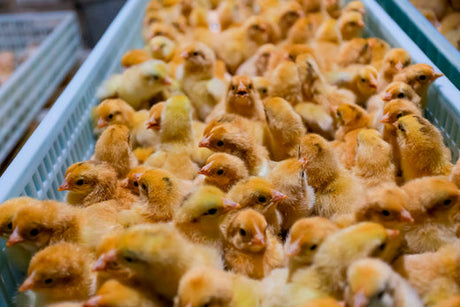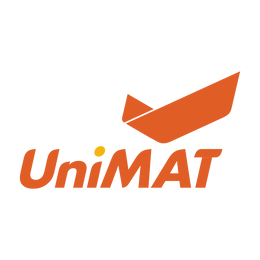
Application of Unimat PLC in the hatchery of animal husbandry
By UniMAT
High-quality,high-yield intelligent hatching halls bring high hatching rates.The intelligent control system provided by Unimat Automation has demonstrated strong technical strength and innovation capabilities in the field of intelligent hatching in...






